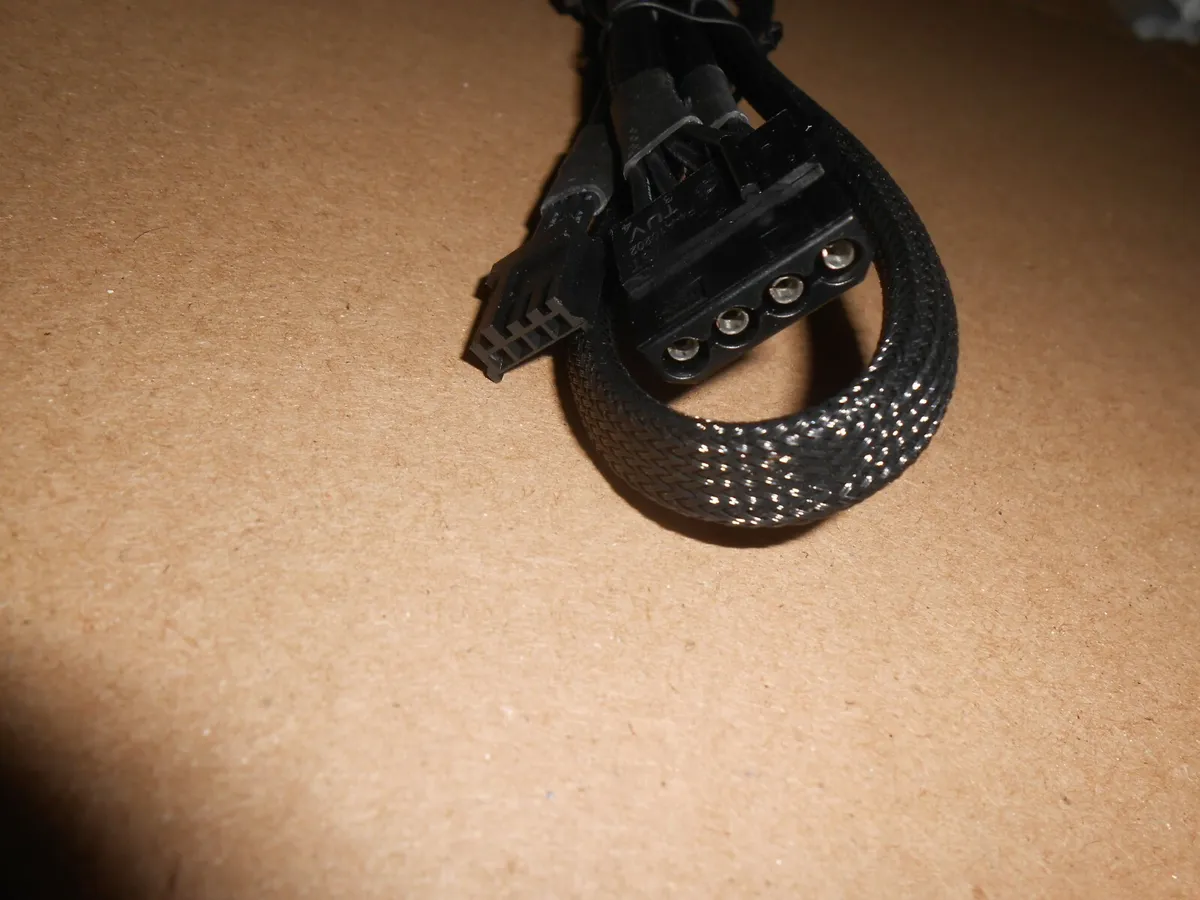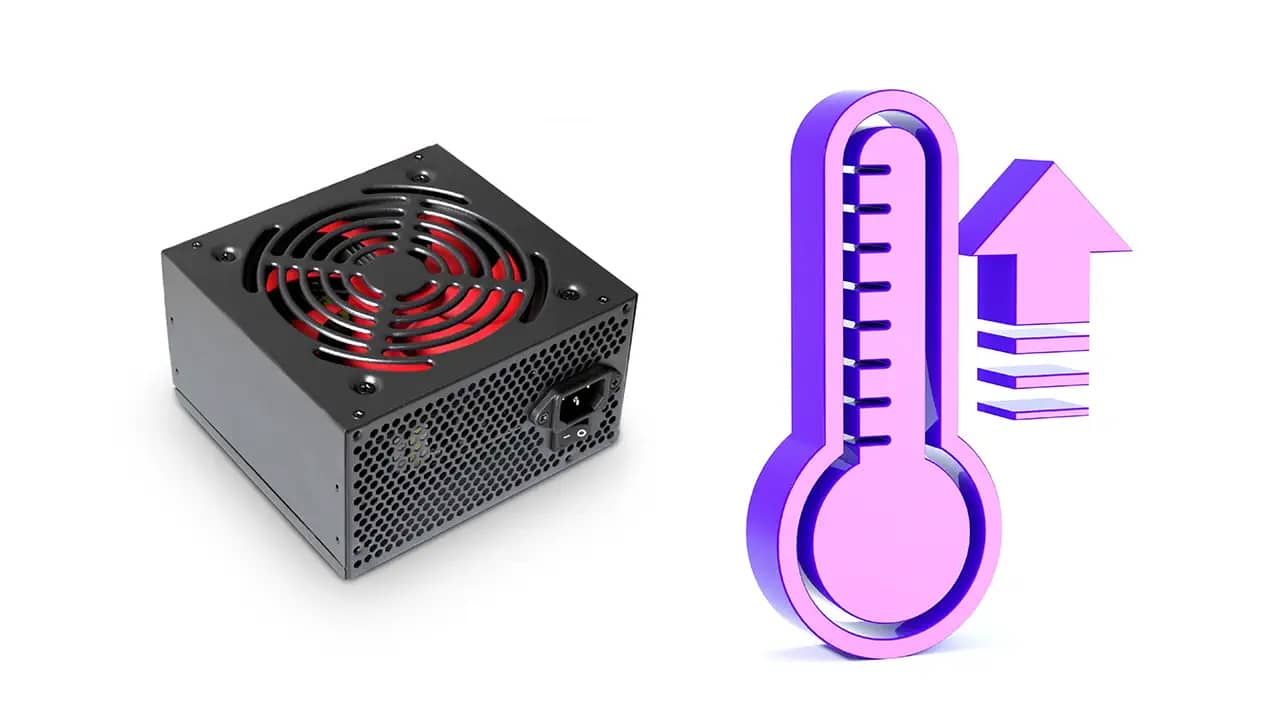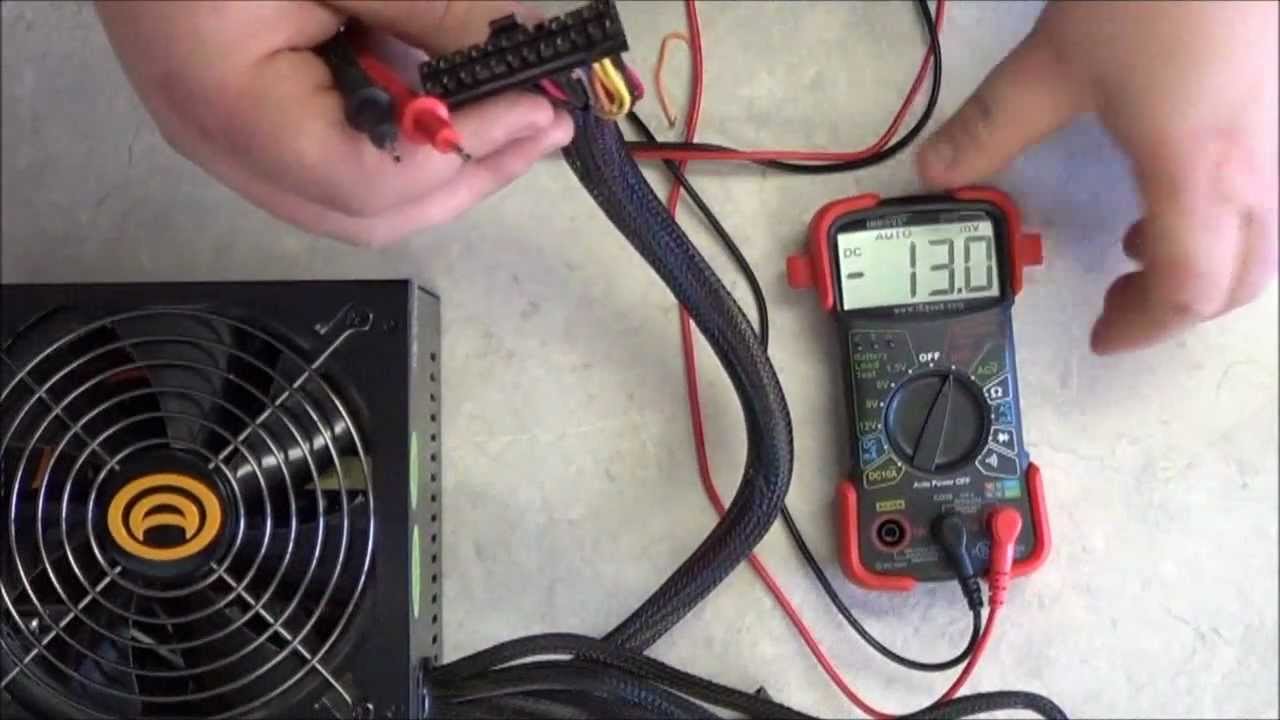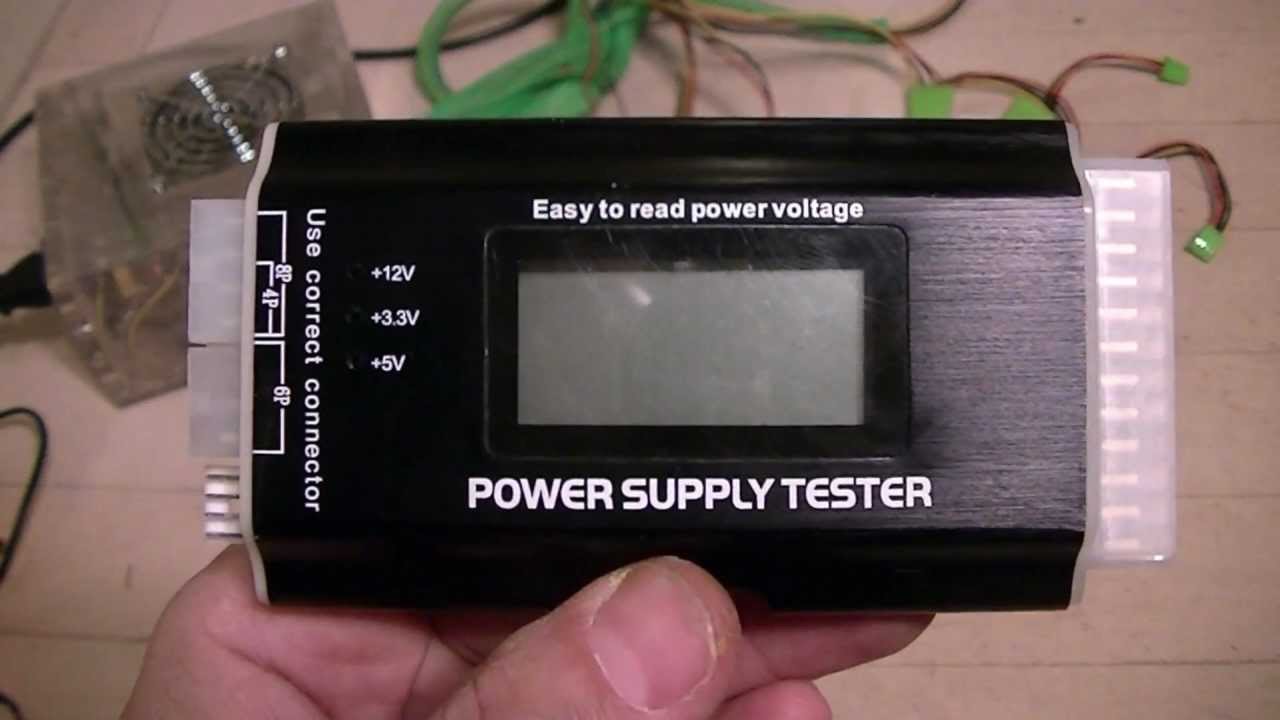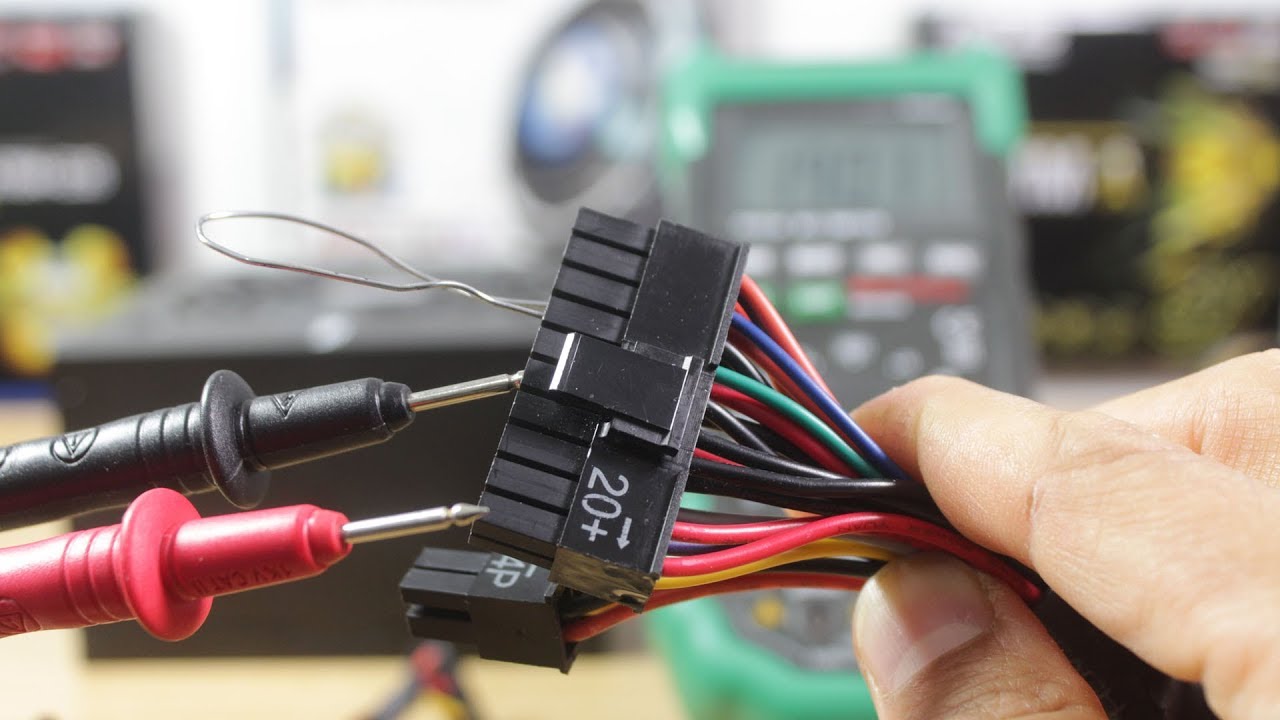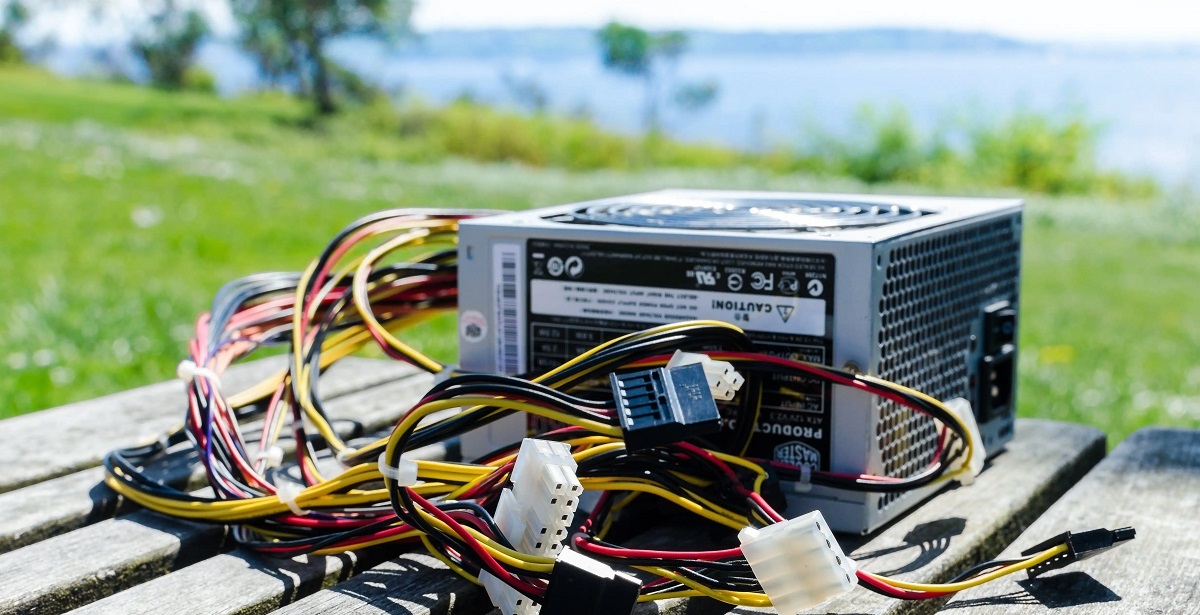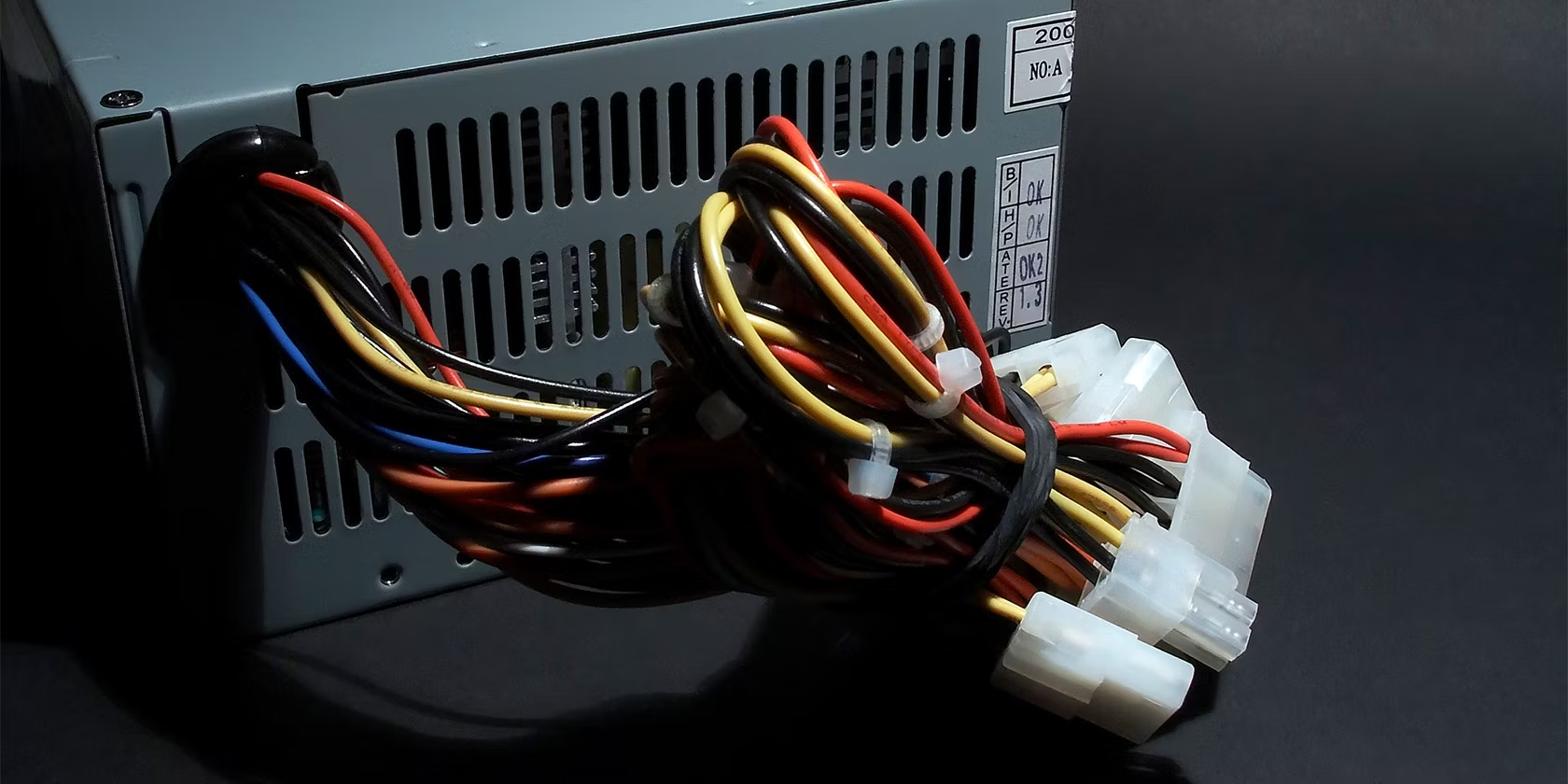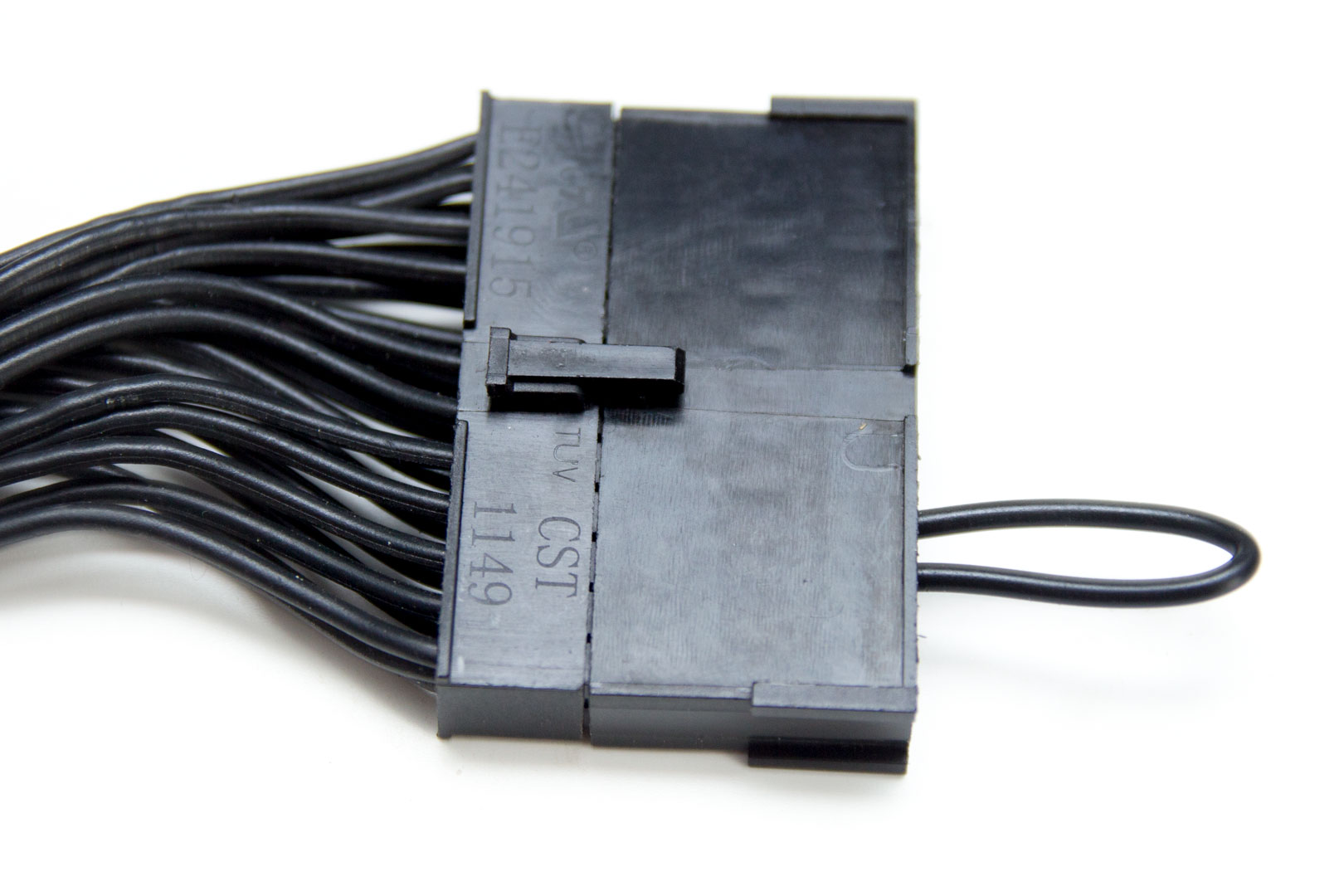Introduction
A Power Supply Unit (PSU) is a crucial component in a computer that converts the AC (alternating current) power from the wall outlet to DC (direct current) power that is required by the computer’s internal components. It provides a stable and consistent power flow to ensure the proper functioning of the computer system.
When it comes to understanding the functionality of a PSU, it is essential to grasp the concept of its various connectors, including the perif connectors. Perif, short for peripheral, refers to the devices that are connected to the computer system but are not essential for its basic operation.
Perif connectors on a PSU are specifically designed to provide power to these external devices, allowing them to function properly. These connectors enable the power supply to distribute power to a wide range of peripherals, such as hard drives, optical drives, fans, and other auxiliary components.
In this article, we will explore the significance of perif connectors on a PSU, understand their different types, and learn how to choose the right connectors for your system.
What is a PSU?
A Power Supply Unit (PSU), also known as a power pack or power converter, is an essential component of a computer system. Its main function is to convert the AC (alternating current) power that comes from the wall outlet into the DC (direct current) power required by the internal components of the computer.
The PSU takes the incoming AC power and converts it to several different DC voltages, such as +12V, +5V, and +3.3V, which are necessary to power various components of the computer, including the motherboard, processor, RAM, and graphics card.
Most PSUs come in standard form factors, such as ATX (Advanced Technology eXtended), which ensures compatibility with most computer cases and motherboards. They also have a wattage rating, which indicates the maximum amount of power that the PSU can deliver to the components.
PSUs are not just limited to desktop computers; they are also found in laptops, servers, and other electronic devices. However, in this article, we will focus on PSUs for desktop computers, as they provide a more customizable and upgradable option for PC enthusiasts.
The quality and reliability of a PSU are crucial for the overall stability and longevity of a computer system. Investing in a high-quality PSU ensures that the internal components receive a consistent and clean power supply, minimizing the risk of damage or failure.
When choosing a PSU, factors such as wattage, efficiency rating, and brand reputation should be considered. It is important to select a PSU that meets the power requirements of your system and provides sufficient power headroom for future upgrades.
What is Perif on PSU?
Perif, short for peripheral, refers to the devices that are connected to a computer system but are not essential for its basic operation. These peripherals include devices such as hard drives, optical drives, fans, and other auxiliary components that enhance the functionality and usability of the computer.
In the context of a Power Supply Unit (PSU), perif refers to the connectors that are specifically designed to provide power to these external devices. These connectors on the PSU allow the distribution of power to a wide range of peripherals, enabling them to function properly.
Perif connectors typically provide a +12V power supply, as well as additional power lines for other voltages if needed. These connectors come in different shapes and sizes to accommodate the various types of peripherals, ensuring a secure and reliable connection.
One common type of perif connector is the Molex connector, which was widely used in older computer systems. It features multiple pins and a rectangular shape, and can often be found in older hard drives, optical drives, and fans.
Another commonly used perif connector is the SATA (Serial ATA) connector, which is primarily used to power SATA hard drives, SSDs (Solid State Drives), and optical drives. The SATA connector is smaller in size compared to the Molex connector, making it more suitable for compact systems and modern devices.
Perif connectors can also be found in the form of proprietary connectors for specific devices. For example, some graphics cards may have their own power connectors on the PSU to ensure they receive sufficient power for optimal performance.
It is important to note that not all peripherals require a dedicated perif connector. Some devices, such as USB-powered devices or peripherals that draw power directly from the motherboard, do not require a separate power connection from the PSU.
Overall, perif connectors on a PSU play a critical role in providing power to the peripherals, ensuring their proper operation and functionality. These connectors allow for a convenient and organized power distribution system, enabling users to connect and power a wide range of peripherals to enhance their computing experience.
Common Types of Perif on PSU
Power Supply Units (PSUs) come with various types of connectors to power different peripherals in a computer system. These connectors ensure the efficient and reliable distribution of power to the peripherals. Let’s explore some of the common types of perif connectors found on PSUs:
1. Molex Connector
The Molex connector, also known as the Peripheral connector or IDE connector, is a widely used perif connector. It features multiple pins and a rectangular shape. Molex connectors were commonly used in older computer systems and can still be found in some devices such as older hard drives, optical drives, and fans.
2. SATA Connector
The SATA (Serial ATA) connector is another commonly used perif connector found in modern computer systems. It is primarily used to power SATA hard drives, SSDs (Solid State Drives), and optical drives. The SATA connector is smaller in size compared to the Molex connector, making it more suitable for compact systems and modern devices.
3. PCI Express Connector
The PCI Express connector is specifically designed to provide power to graphics cards. Modern graphics cards require more power than what the motherboard can provide through the PCI Express slot. The PCI Express connector ensures that the graphics card receives the necessary power for optimal performance. These connectors come in different configurations, such as 6-pin, 8-pin, and 6+2-pin connectors, to accommodate the power requirements of different graphics cards.
4. CPU Power Connector
The CPU power connector, also known as the ATX12V connector or EPS connector, is used to provide power to the CPU (Central Processing Unit). It ensures the stable and sufficient power supply to the processor, allowing it to perform at its best. The CPU power connector is typically a 4-pin or 8-pin connector.
5. Fan Connectors
Some PSUs feature perif connectors specifically designed for powering and controlling case fans. These connectors ensure that the fans receive the necessary power to operate and may also support fan speed control.
These are some of the common types of perif connectors found on PSUs. It is important to ensure that your PSU has the appropriate connectors to power the peripherals you plan to use in your computer system. Understanding the different types of perif connectors will help you make informed decisions when choosing a PSU for your specific needs.
Importance of Perif on PSU
The perif connectors on a Power Supply Unit (PSU) play a critical role in ensuring the proper functioning and power distribution to peripherals in a computer system. Understanding the importance of these connectors is essential for building and maintaining a reliable and efficient computer system. Let’s explore the significance of perif connectors on a PSU:
1. Powering Essential Peripherals
Perif connectors provide power to essential peripherals such as hard drives, optical drives, fans, and other auxiliary components. These peripherals are necessary for the overall functionality and performance of the computer. Without proper power supply, these peripherals may not function properly or may not be detected by the system at all.
2. Ensuring Stable Power Delivery
Perif connectors help in delivering a stable and consistent power supply to the peripherals. A stable power delivery is crucial to prevent voltage fluctuations or power surges that can lead to system instability, data loss, or even hardware damage. The perif connectors ensure that the power is distributed evenly and efficiently to the connected peripherals, minimizing the risk of power-related issues.
3. Supporting Multiple Devices
Perif connectors on a PSU allow for the connection of multiple peripherals simultaneously. This means that you can connect various devices such as multiple hard drives, optical drives, or fans without overloading a single connector. This flexibility enables you to expand and customize your computer system according to your needs without sacrificing power efficiency or risking component failure.
4. Compatibility and Ease of Use
The wide availability and compatibility of perif connectors on different PSU models make it easier for users to connect and power peripherals. The connectors are designed to fit specific device requirements, ensuring a secure and reliable connection. This compatibility factor reduces the risk of damaging peripherals or PSU due to incorrect power supply connections.
5. Future Expansion and Upgradeability
Perif connectors on a PSU also play a crucial role in future expansion and upgradeability of a computer system. They allow for the addition of new peripherals or the upgrade of existing components without the need to replace the entire power supply. This flexibility provides users with the ability to adapt and scale their systems as technology advances or their needs change, saving both time and money.
The importance of perif connectors on a PSU cannot be overstated. They ensure the proper power supply, stability, compatibility, and expandability of peripherals in a computer system. When selecting a PSU, it is crucial to consider the number and type of perif connectors it offers to meet your current and future peripheral power requirements.
Understanding Perif Connectors on PSU
Perif connectors on a Power Supply Unit (PSU) are designed to provide power to various peripherals in a computer system. Understanding these connectors is essential for proper installation and power distribution. Let’s explore the key aspects of perif connectors:
1. Connector Types
Perif connectors come in different types, each designed for specific peripherals. Some common perif connector types include Molex connectors, SATA connectors, PCI Express connectors, and CPU power connectors. These connectors vary in terms of shape, size, and pin configuration to accommodate different peripheral devices.
2. Voltage and Power Capacity
Perif connectors typically provide a +12V power supply, as well as additional power lines for other voltages if needed. The power capacity of these connectors varies depending on the specific type. It is crucial to ensure that the PSU has perif connectors with sufficient power capacity to meet the requirements of the peripherals you plan to connect.
3. Cable Length
The length of the perif cables that connect from the PSU to the peripherals is also an important consideration. It is essential to ensure that the cables are long enough to reach the peripherals in your system. Additionally, having cables that are too long can result in cable clutter and poor airflow, while cables that are too short may not reach the peripherals comfortably.
4. Number of Connectors
PSUs come with a specific number of perif connectors, which determines the number of peripherals you can connect. It is crucial to determine the number of peripherals you plan to use in your system and ensure that the PSU has an adequate number of perif connectors to support them. This will avoid the need for additional adapters or splitters that can introduce potential power delivery issues.
5. Modular vs Non-Modular PSUs
Modular PSUs offer the flexibility of detachable cables, allowing you to connect only the cables you need for your specific system configuration. This feature reduces cable clutter and improves airflow within the computer case. Non-modular PSUs, on the other hand, have a fixed set of cables that may include perif connectors. The choice between modular and non-modular PSUs depends on your system requirements and preference.
Understanding perif connectors on a PSU is crucial for proper power distribution and compatibility. It ensures that the peripherals receive the necessary power and helps in maintaining a clean and organized system. When selecting a PSU, consider the type, voltage and power capacity, cable length, and the number of perif connectors to meet the needs of your specific peripherals and system configuration.
Choosing the Right Perif Connectors for Your System
Choosing the right perif connectors for your computer system is crucial for ensuring proper power distribution to peripherals and maintaining compatibility. Here are some key factors to consider when selecting perif connectors:
1. Determine Your Peripherals
Start by identifying the peripherals you plan to connect to your system. These may include hard drives, optical drives, fans, or any other peripherals that require power. Make a list of the specific connectors needed for each peripheral, such as Molex, SATA, or PCI Express.
2. Check the PSU Specifications
Next, refer to the specifications of the Power Supply Unit (PSU) you are considering. Look for the number and type of perif connectors it offers. Ensure that the PSU has enough connectors to accommodate your peripherals and that they are compatible with the required connector types.
3. Power Capacity and Wattage
Consider the power capacity and wattage rating of the perif connectors. Each connector type has a specific power capacity, and it is important to ensure that your PSU can provide sufficient power to all your peripherals. Calculate the total power consumption of your peripherals to ensure it falls within the PSU’s power capacity.
4. Modular or Non-Modular PSU
Decide whether you prefer a modular or non-modular PSU. Modular PSUs allow for flexible cable management by providing detachable cables. This ensures that you only use the cables needed for your specific peripherals, reducing clutter and improving airflow. Non-modular PSUs have a fixed set of cables that may include perif connectors.
5. Cable Length and Organization
Consider the length of the perif cables and ensure they are long enough to reach the peripherals comfortably. Cables that are too short may result in difficulty connecting peripherals, while cables that are too long can lead to cable clutter and poor airflow. Additionally, check if the PSU includes cable management features to help keep your system tidy.
6. Brand Reputation and Reviews
Lastly, research the reputation of the PSU brand and read reviews from other users. Look for feedback regarding the reliability, performance, and compatibility of the perif connectors. This information can help you make an informed decision when selecting a PSU that offers the right perif connectors for your system.
By considering these factors, you can ensure that you choose a PSU that provides the appropriate perif connectors for your peripherals, facilitating efficient power distribution and maintaining a compatible and organized computer system.
Conclusion
In conclusion, understanding the significance of perif connectors on a Power Supply Unit (PSU) is essential for building and maintaining a reliable computer system. Perif connectors play a critical role in powering and distributing power to peripherals such as hard drives, optical drives, fans, and other auxiliary components.
By having the right perif connectors, you can ensure proper power supply, stability, and compatibility for your peripherals. It is important to choose a PSU that offers the appropriate types and number of perif connectors that align with your system’s requirements.
Consider factors such as the connector types available, voltage and power capacity, cable length, and the number of connectors. Additionally, choose between a modular or non-modular PSU based on your preference for cable management and customization.
Research on the reputation of the PSU brand and read reviews to ensure reliability and compatibility of the perif connectors. This will help you select a PSU that not only meets your current peripheral power needs but also allows for future expansion and upgradeability.
Remember, proper power distribution and compatibility are crucial for the stability, performance, and longevity of your computer system. By understanding perif connectors and choosing the right PSU, you can ensure a well-powered and efficient system that supports your computing needs.







